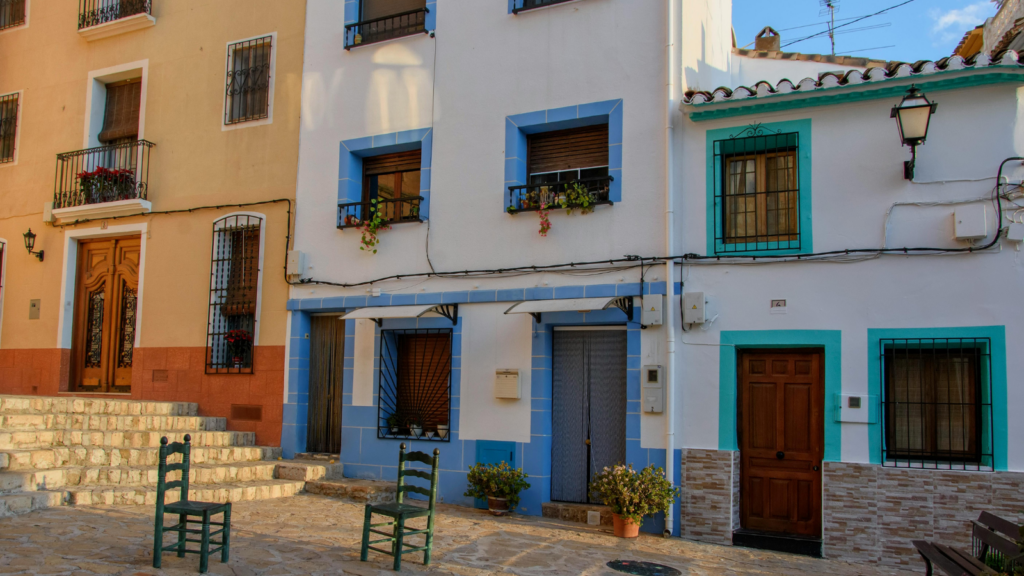- People
- Expertise
Our expertise
We are a team of more than 600 professionals, with the depth of experience which makes us genuine experts in our fields. Together, gunnercooke’s people have strength across just about every corporate discipline and sector. We provide legal, commercial and strategic advice that delivers real value to the clients we work with, which span from multinational enterprises through to not-for-profit organisations. Our breadth of expertise covers some of the most interesting emerging disciplines such as charity, crypto, sports and competition law.
Search by practice areaDispute ResolutionDispute Resolution OverviewMeet the Dispute Resolution TeamIntellectual Property DisputesFinancial Services & FinTech OverviewProceeds of CrimeEmployment TribunalTax InvestigationProperty Dispute ResolutionInsolvency DisputesMediationCivil Fraud & Asset TracingHealth & SafetyBusiness Crime & InvestigationsLitigation & ArbitrationInternational Arbitration - International
International Offices
The gunnercooke group has 16 main global offices across England, Scotland, the US, Germany and Austria, with further plans for growth in the coming years. These offices enhance the existing in-house capability of our dedicated international teams and dual-qualified experts that cover Spain, France, Italy, Portugal, Brazil, China, India, Poland and Hungary. Our team have clients across 123 jurisdictions, speak 46 languages and are dual-qualified in 21 jurisdictions. Our expertise means we can offer large teams to carry out complex cross-border matters for major international clients.
- Our story
Our story
gunnercooke is a Top 70 law firm. We comprise a rapidly growing number of experts spanning legal and other disciplines. Clients benefit from flexible options on fees to suit their needs, access to a wider network of senior experts throughout the relationship, and legal advice which is complemented by an understanding of the commercial aspects of running a business.
- Reading Room
- News & Insights

Written by Antonio Guillén & Claudia Font, Spanish lawyers and English solicitors
When completing a property purchase in Spain, the method of paying the purchase price can vary depending on several factors, including the seller’s preferences, the buyer’s financing arrangements, and even the estate agent’s recommendations. Below is an overview of the most common payment methods used at the signing of the title deed before a notary.
1. Banker’s Draft (Cheque Bancario)
Definition:
A banker’s draft is a cheque issued by the buyer’s bank that guarantees the funds are available and have been reserved for payment.
How It Works:
- The buyer requests the banker’s draft from their bank, which debits the buyer’s account upon issuance.
- The buyer physically hands the cheque to the seller at the notary’s office during completion.
- The seller deposits the cheque into their account and receives the funds once cleared, usually on the same day.
Advantages:
- High security for the seller: the bank guarantees that funds are available.
- Traceability: the transaction is recorded by the bank and referenced in the notarial deed, complying with legal requirements.
- Quick settlement: funds are typically credited on the same day.
- Payee protection: only the person named on the cheque can cash or deposit it.
Disadvantages:
- The buyer must request it in person, and banks typically charge a fee ranging from €100 to €500.
- As a physical document, it must be handled carefully, although it can be cancelled if lost.
- The seller must deposit it at a bank branch, and if it is issued by a different bank, the seller’s bank may charge a deposit fee.
2. Standard Bank Transfer (SEPA)
Definition:
A SEPA transfer is a standard electronic funds transfer between accounts in the eurozone.
How It Works:
- The buyer instructs their bank to make the transfer.
- The transfer can be initiated on the day of completion or in advance, with proof of payment provided to the notary and seller.
- Funds typically take one to two business days to clear up, depending on the banks involved.
Advantages:
- Low cost: usually free or subject to minimal fees.
- Convenience: transfers can be initiated online.
- Full traceability: the payment is electronically recorded.
Disadvantages:
- Delayed settlement: the seller may not receive funds on the day of signing.
- May create uncertainty if the money has not yet arrived.
- If sent in advance, the buyer bears the risk of transferring funds before legally acquiring the property.
- In rare cases, a buyer acting in bad faith could attempt to reverse the transfer after completion.
3. OMF Transfer (Real-Time Bank of Spain Transfer)
Definition:
An OMF transfer is a real-time payment processed through the Bank of Spain, allowing funds to move between banks on the same day.
How It Works:
- The buyer must pre-arrange the transfer at their bank branch, typically in person.
- During the notary meeting, the buyer confirms instructions with the bank (by phone or online).
- The funds are transferred via the Bank of Spain and credited to the seller’s account within minutes or hours, usually the same day.
Advantages:
- Rapid settlement: the seller receives the funds the same day, often within hours.
- High security: the transfer is guaranteed by the banking system.
- Perfect for completion day: both parties can confirm receipt before finalising the transaction.
Disadvantages:
- More expensive than other methods, with typical fees around €1,000.
- Requires advance planning: the buyer must pre-authorise the transfer and coordinate with the bank during the signing.
- Timing must be carefully aligned with the notary appointment to ensure smooth execution.
Note:
This is the preferred payment method when the purchase is financed by a mortgage, as lenders favour its speed and security.
Final Recommendations
- Coordinate with the notary: all payments and supporting documentation must be reflected in the public deed.
- Comply with anti-money-laundering regulations: the notary may require proof of the origin of funds, especially for large transactions.
- Plan: request banker’s drafts or OMF transfers well in advance, significant sums may require pre-authorisation by the bank.
- Avoid cash payments: these are limited by law and not accepted for property purchases.
Need legal advice on your Spanish property purchase? Contact Antonio Guillén & Claudia Font.
To receive all the latest insights from gunnercooke to your inbox, sign up below






